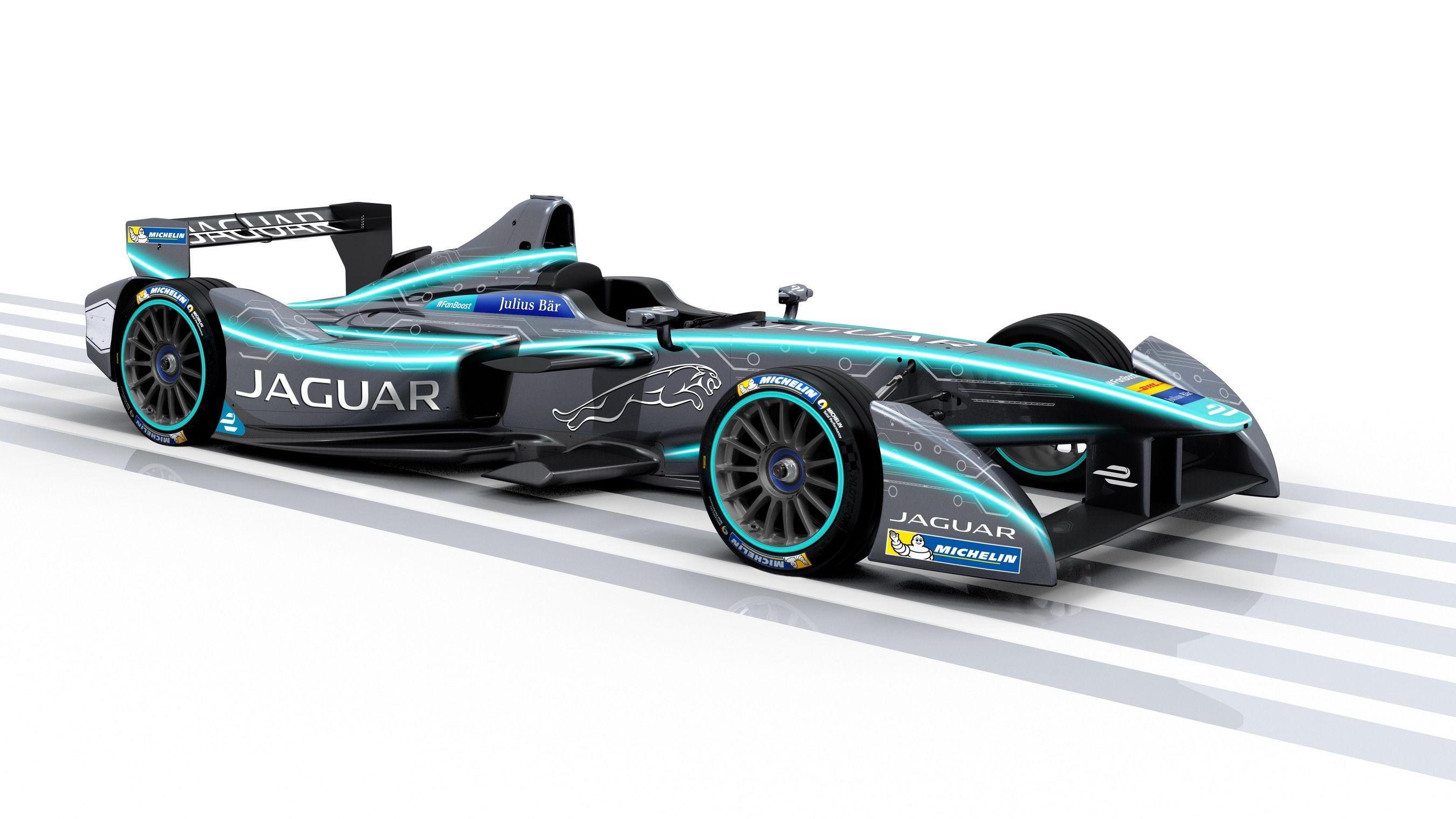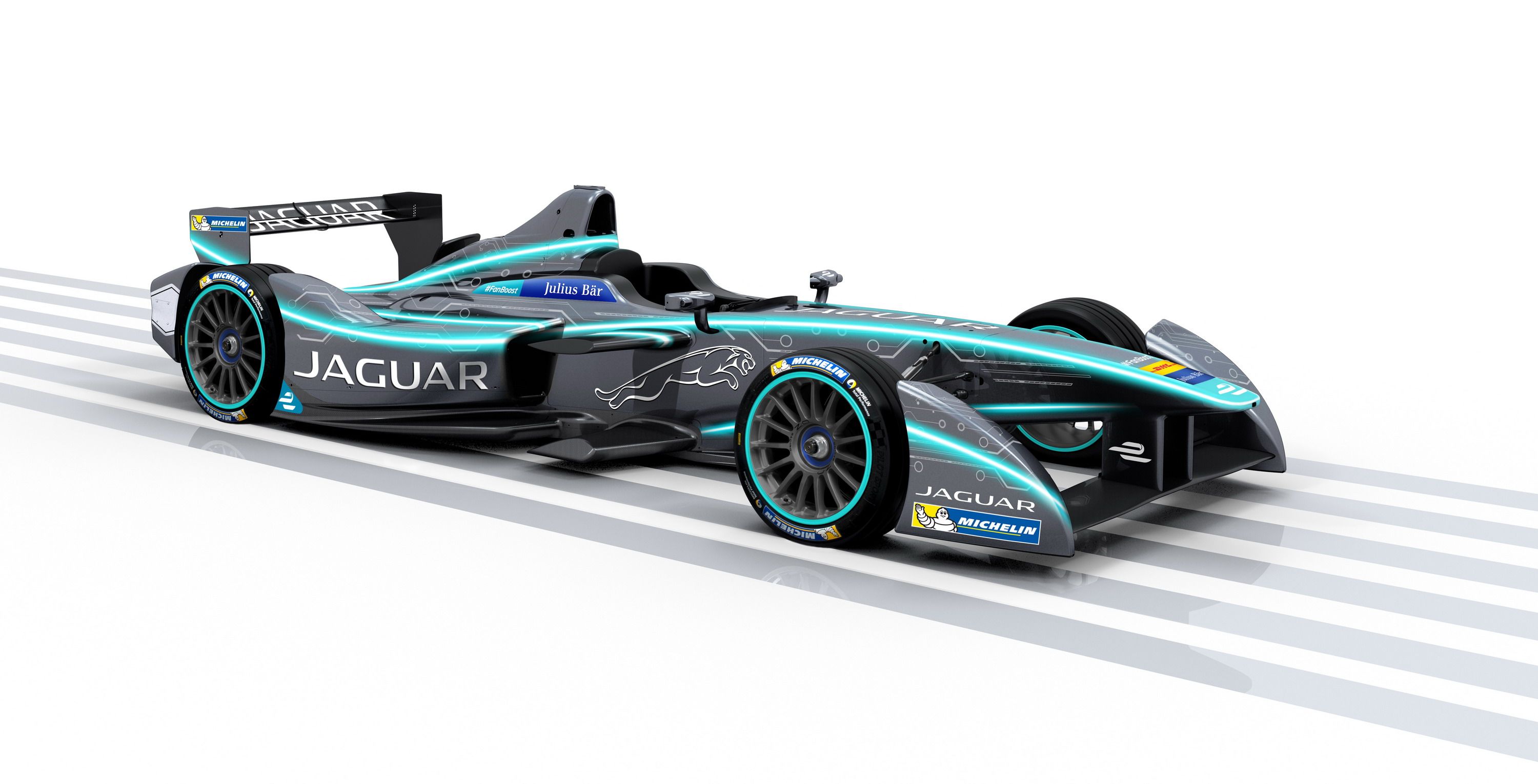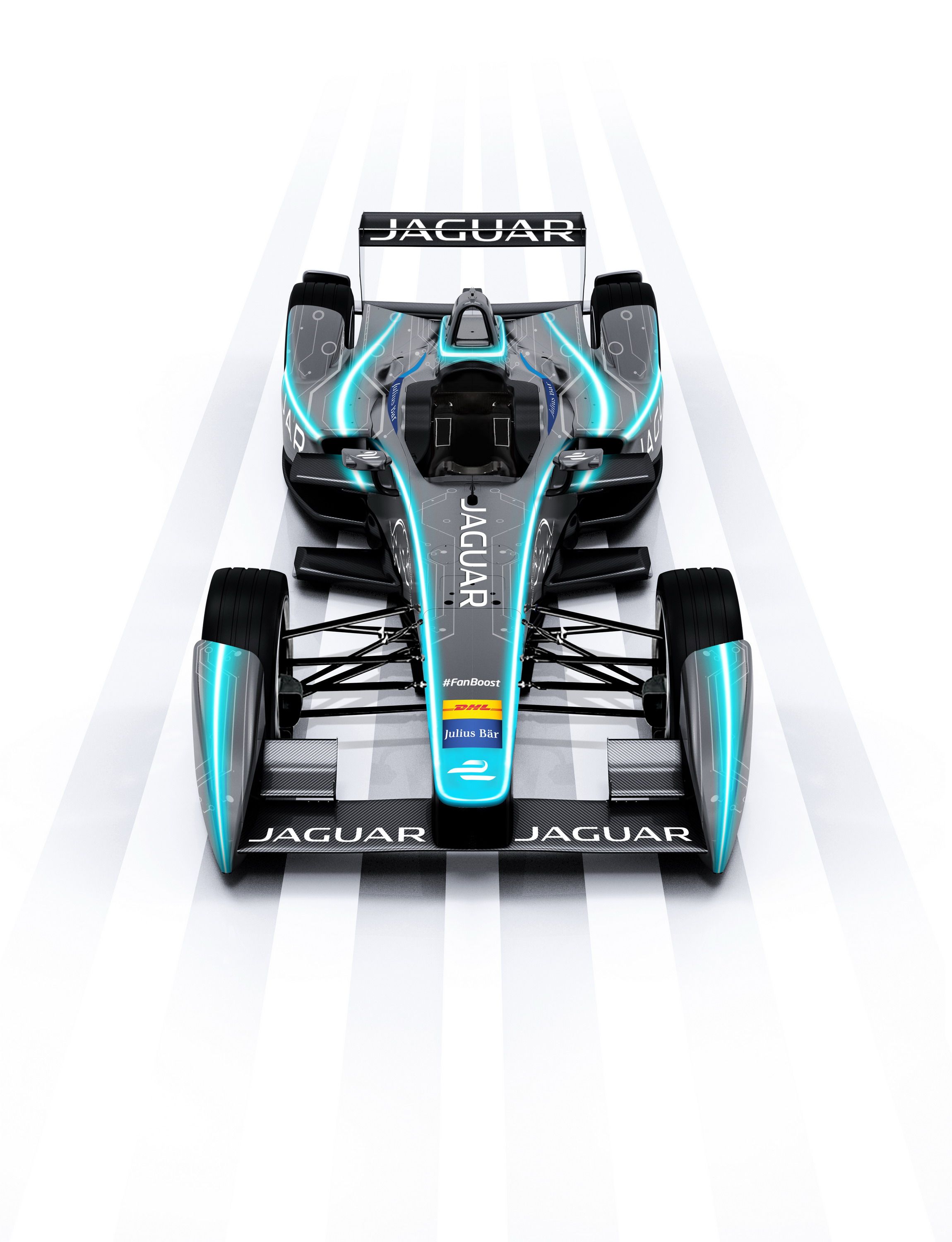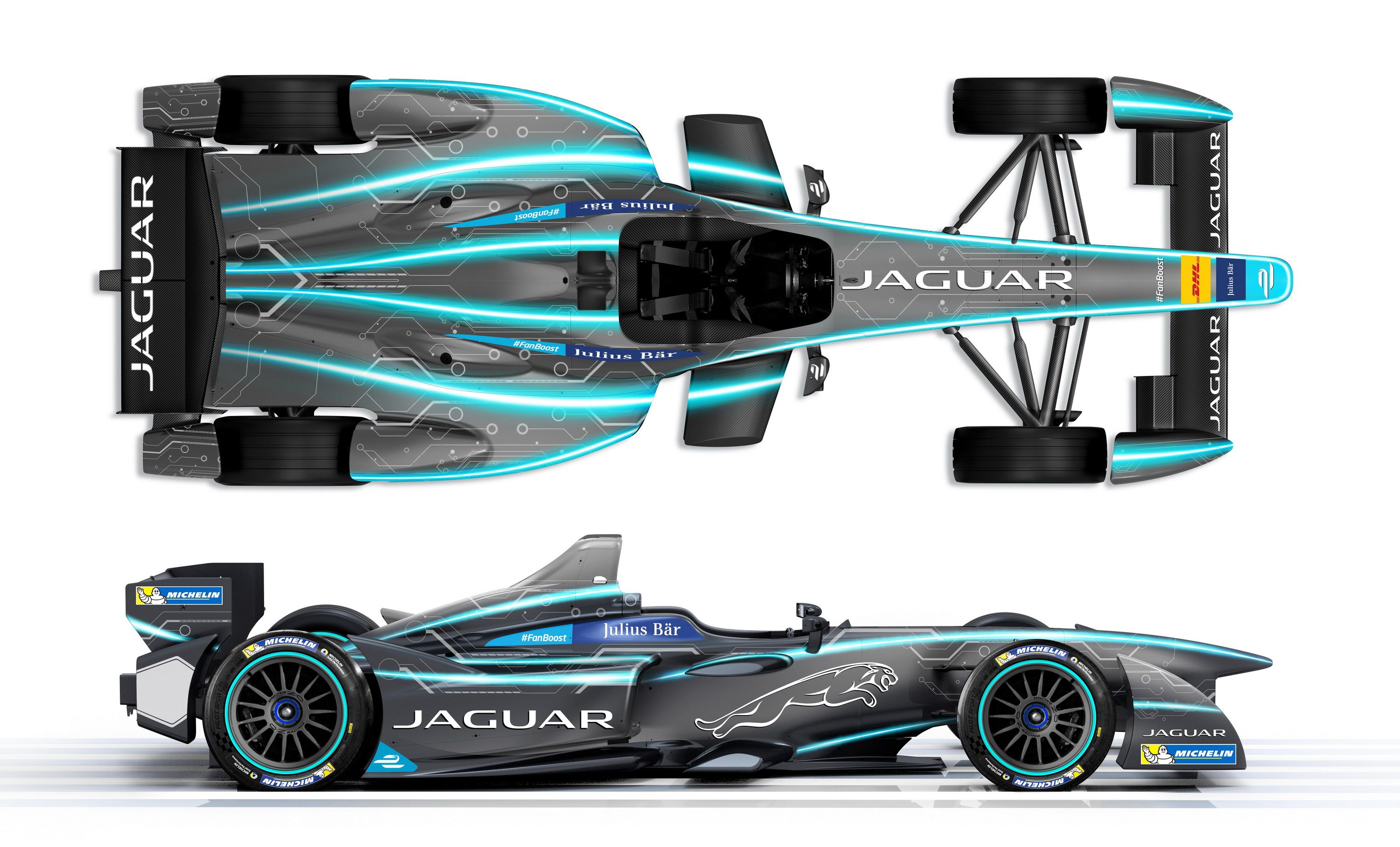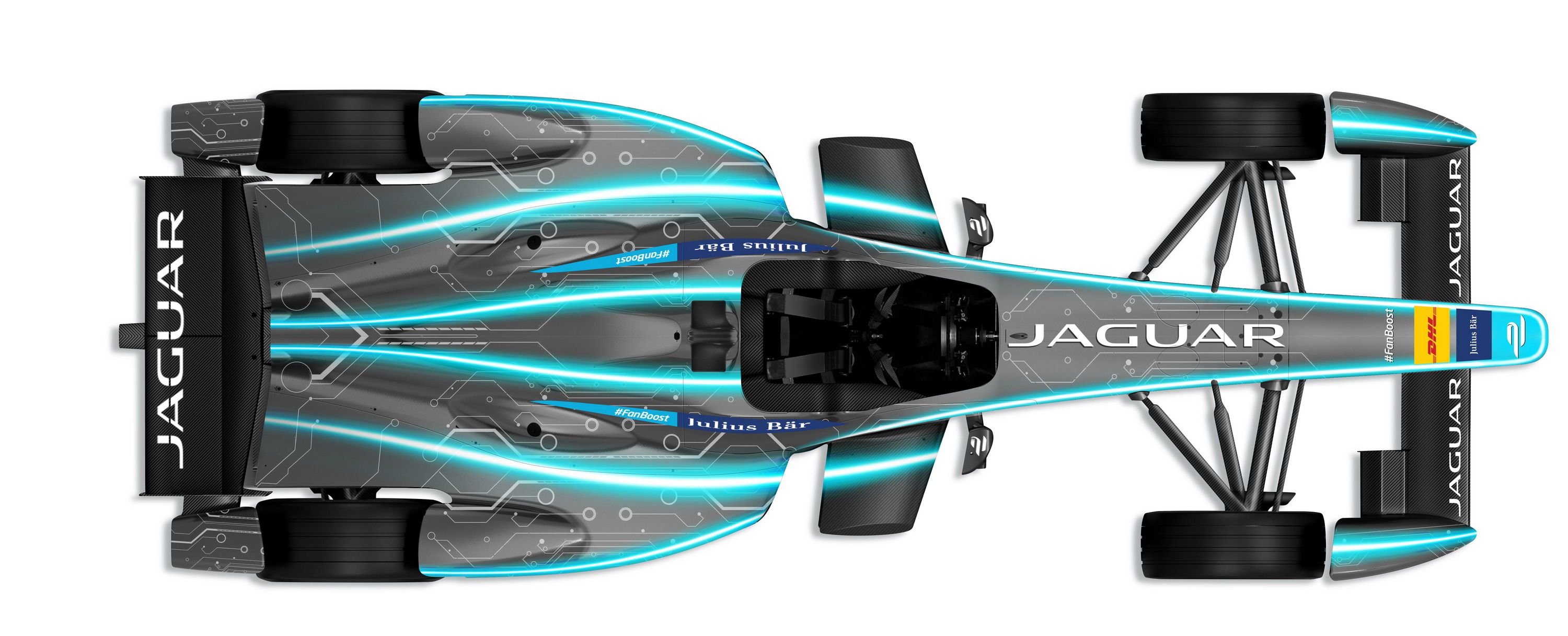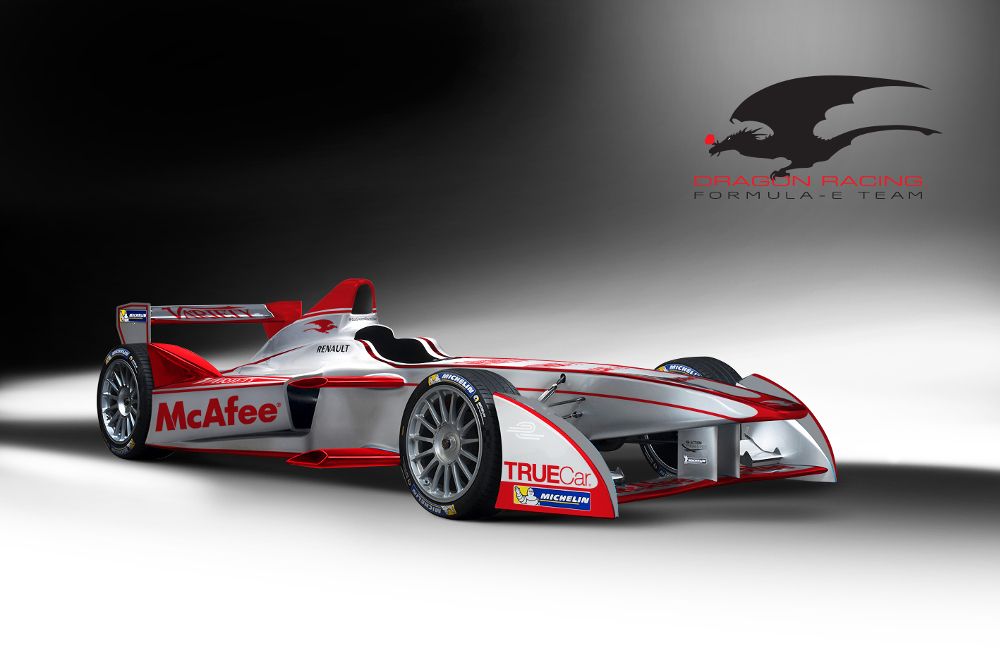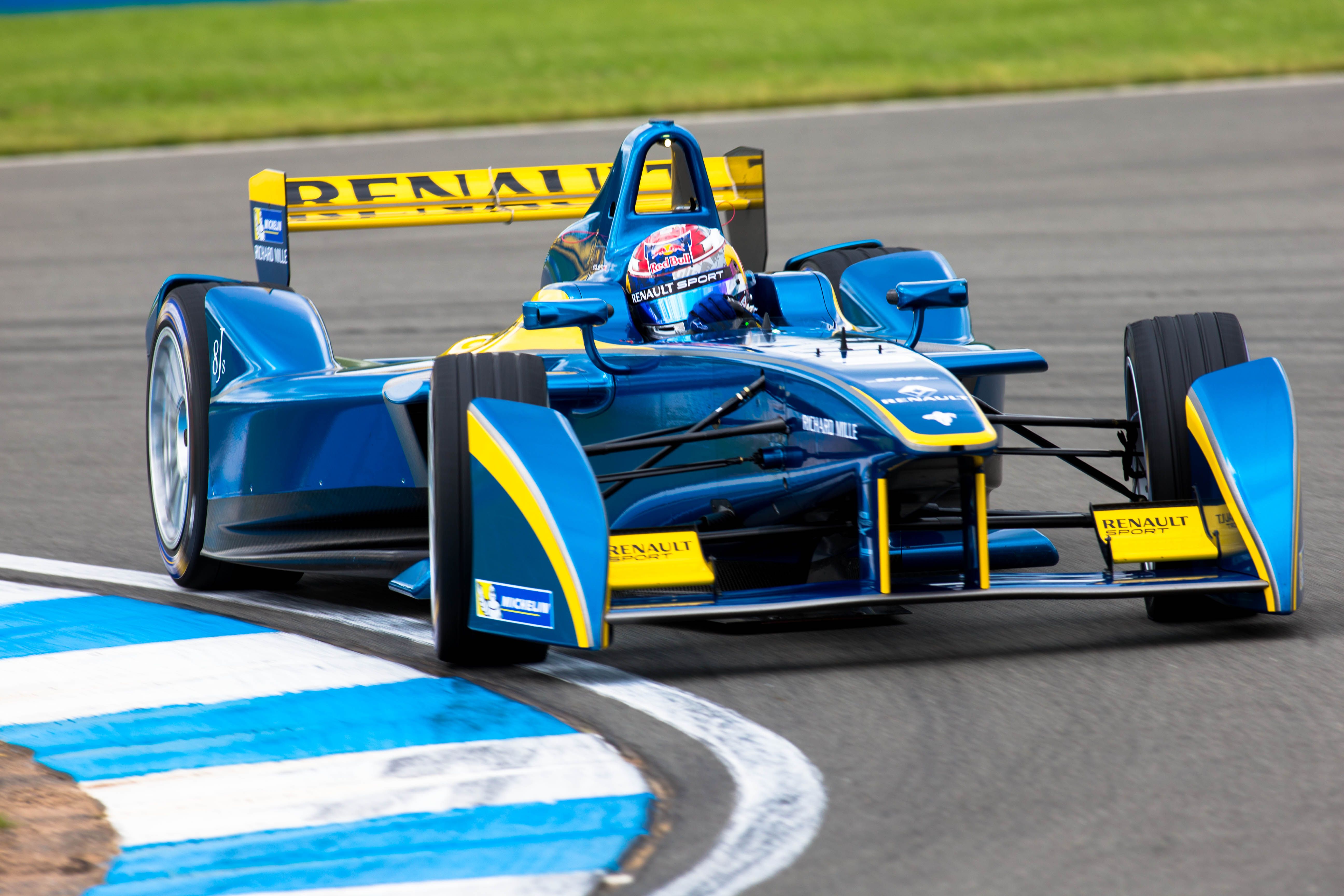When Formula E debuted in 2014, it gathered only a handful of automakers on the starting grid. Renault, Audi, and Mahindra were the only mainstream companies involved, with McLaren providing the electric motor. As the series gained popularity after the first season, more carmakers began considering joining Formula E. While the likes of Nissan and BMW are still pondering the idea, Jaguar has already signed up for the 2016-2017 season and unveiled its first-even electric race car, the I-Type.
Under development since 2015, the I-Type spearheads Jaguar's return to top-level racing after a 12-year hiatus and will probably help the British company developed electric motors for future EV and hybrid production cars. Following intense testing at the Donington Park circuit in England, the I-Type is ready to hit the Formula E's race tracks when the new season debuts on October 9, 2016, in Hong Kong.
Jaguar's effort in the series will be back by Japanese electronics giant Panasonic and American automotive seating and electrical distribution systems Lear Corporation. The I-Type will be driven by Mitch Evans and Adam Carroll, while Ho-Pin Tung will be the team's reserve driver.
Continue reading to learn more about the Jaguar Formula E Race Car.
2016 Jaguar I-Type Formula E Race Car
- Make: Array
- Model: 2016 Jaguar I-Type Formula E Race Car
- [do not use] Vehicle Model: Array
Exterior
Although the Brits have yet to release actual details of the car, they did publish a few photos of their single-seater. Not surprisingly, the vehicle looks almost identical to other cars from the series. However, the I-Type features the latest design changes made by Formula E, including revised side pods, a new rear wing, and a slightly reshaped rollover hoop.
Those who aren't familiar with Formula E will probably notice that the car brings together aerodynamic solutions used in both Formula 1 and IndyCar. Similarities with the latter are noticeable at the front and the rear, as the wheels are flanked by tall body panels and wings, almost eliminating the traditional open-wheel design.
Enabling the Jaguar to stand out from the crowd is the livery. Finished in a light shade of gray, the car is accented by neon-blue stripes, with white "Jaguar" writing and feline logos on the sides and the nose. Although this isn't a traditional Jaguar color (the brand is known to use British Racing Green on the track), it was probably selected to highlight the electric drivetrain underneath the shell.
Interior
There are no photos of the car's cockpit, but there's not much to see besides the race-spec seat with FIA-approved seatbelts and the multi-function steering wheel packed with buttons and switches. Arguably the most interesting feature is the small display in the steering wheel, which provides the driver with vital information about the car's battery, speed, gearing, as well as lap times. Formula E cockpits are identical, so Jaguar won't be able to bring something new to the table without breaking the rules.
Drivetrain
The drivetrain is also a mystery, but Jaguar did mention it will collaborate with Williams Advanced Engineering on the project. The cooperation isn't surprising, as Jaguar Land Rover has a long term relationship with Williams, which also partnered on the development of the Jaguar C-X75 plug-in hybrid concept car. All told, both companies have plenty of experience with electric motors from the C-X75, while Williams has already created a battery system for all Formula E cars in 2014.
If previous Formula E motors are any indication, Jaguar's unit should weigh around 26 kg (57 pounds) and crank out in excess of 200 horsepower, but not more than 268 horses (200 kW) and 170 pound-feet of toque. The allowed energy consumption from the battery is limited at 28 kWh, while its maximum weight is set at 230 kg (507 pounds). Jaguar and Williams also developed a Rechargeable Energy Storage System (RESS), which includes a flywheel and a capacitor or battery.
Competition
Renault e.Dams
Having one the first two Formula E seasons, Renault e.Dams is the team to beat in 2016-2017. The French firm uses its own drivetrain, which is likely related to the one built for Formula One, while its driver lineup consists of Nicolas Prost and Sebastien Buemi, both with the team since the very beginning. e.Dams is part of the Driot Associes Motor Sport, an auto racing team founded by Jean-Paul Driot and former Formula One driver Rene Arnoux (as Driot-Arnoux Motorsport) in 1988. The team has won several championships in various series since its inception, with e.Dams doing the same in Formula E so far.
ABT Schaeffler Audi Sport
Based on previous results, ABT is a strong candidate for next year's championship. Having placed third and second in 2015 and 2016, respectively, the German team is backed by Audi and uses a drivetrain co-developed with the Schaeffler Group, a major manufacturer of rolling element bearings for automotive, aerospace and industrial uses. For 2016-2017, ABT continues to work with Lucas di Grassi and Daniel Abt as main drivers. The two have been with the team since 2014 and scored four wins and 13 additional podiums in two seasons.
Conclusion
Though it's far from being a very popular series compared to Formula One and IndyCar, Formula E has drawn a lot of interest lately, especially after the FIA decided to allow each manufacturer to build its own drivetrain. The goal was to attract more mainstream manufacturers to the sport, and with Jaguar now joining Renault and Mahindra, Formula E could soon expand to include other companies interested in electrifying its lineup. Granted, Jaguar's comeback won't be spectacular with Formula E, but it should have an impact on the brand's future hybrid and electric road cars. Jag's partnership with Williams for the series is also extremely important, as it may soon spawn high-performance vehicles using either hybrid or electric drivetrains. Hopefully, the Brits will also consider returning to endurance racing with an LMP1 prototype using a hybrid drivetrain that also includes their new electric motor for Formula E.

